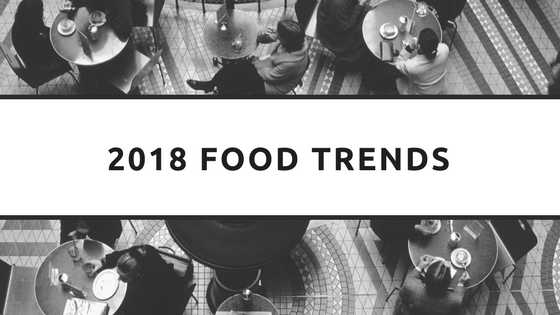We’ve made it through the first full week of 2018, and how have we spent here at Ellipses? We’ve been reflecting on 2017 and thinking ahead on what is to come. While 2017 saw a lot of changes, particularly the rise of fast-casual restaurants and creating food for the sake of making it Instagram-worthy, 2018 is a new year full of new opportunities in the food world. Here is what our team thinks you can expect more of in the new year.
Diana
Virtual Restaurants
Americans are less willing or able to cook for themselves, whether it’s increasingly demanding schedules necessary make ends meet, a decreasing skill level in the kitchen, a general 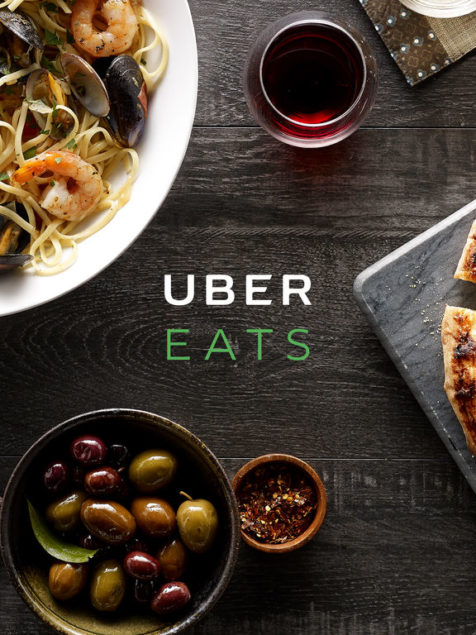 preference for restaurant food, or the tempting prepared food departments at grocery stores (heck, grocery stores now have restaurants themselves). This trend has opened the door for a host of delivery services, which bring restaurant creations directly to you, via services like Caviar, Postmates or Uber Eats. The “virtual restaurant” is a trend for 2018, where restaurateurs and chefs create and sell whole menus under new concepts without an actual storefront. These virtual restaurants can be a side project and brand of an existing restaurant kitchen, or something created entirely for the delivery experience from a commissary or industrial kitchen. The low overhead is tempting for an industry facing increasingly high business and labor costs, and difficulty with hiring and retaining staff in expensive and more competitive parts of the country. Marketing and social media, in particular, will take a bigger role, as restaurants won’t have a physical presence and will rely on maintaining constant buzz, awareness and creative promotions to keep their customers’ attention. Mashable has a more in-depth story about this trend, and what Uber Eats is doing about it.
preference for restaurant food, or the tempting prepared food departments at grocery stores (heck, grocery stores now have restaurants themselves). This trend has opened the door for a host of delivery services, which bring restaurant creations directly to you, via services like Caviar, Postmates or Uber Eats. The “virtual restaurant” is a trend for 2018, where restaurateurs and chefs create and sell whole menus under new concepts without an actual storefront. These virtual restaurants can be a side project and brand of an existing restaurant kitchen, or something created entirely for the delivery experience from a commissary or industrial kitchen. The low overhead is tempting for an industry facing increasingly high business and labor costs, and difficulty with hiring and retaining staff in expensive and more competitive parts of the country. Marketing and social media, in particular, will take a bigger role, as restaurants won’t have a physical presence and will rely on maintaining constant buzz, awareness and creative promotions to keep their customers’ attention. Mashable has a more in-depth story about this trend, and what Uber Eats is doing about it.
Insect Protein
Have you tried cricket flour yet? How about toasted mealworms? While the “eeew factor” remains high around consuming insects as protein in the United States, there are many cultures around the world where this is the norm. It will soon be here, too. As our global population grows to an estimated 9.7 billion people by 2050, we’ll need to find more sustainable ways to grow protein for human consumption other than cows, pigs and chickens. There are lots of companies currently producing consumer products using insect-based products, such as energy bars, cookies, crackers and chips, trying to find their audience. Maybe we’ll see this nutritious, environmentally-friendly and, some say, tasty ingredient go mainstream in 2018!
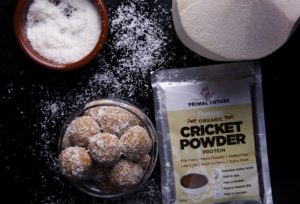
Adrienne
Virtual Supermarkets
Americans are just starting to ride the wave of smart home technology. Home assistants, like the Echo, will reshape consumers’ relationships with everything from their thermostats to their refrigerators. Much like virtual restaurants are challenging conventional restaurant storefronts, grocery stores are facing a new reality: Time-pressed shoppers have an alternative to supermarket shopping.
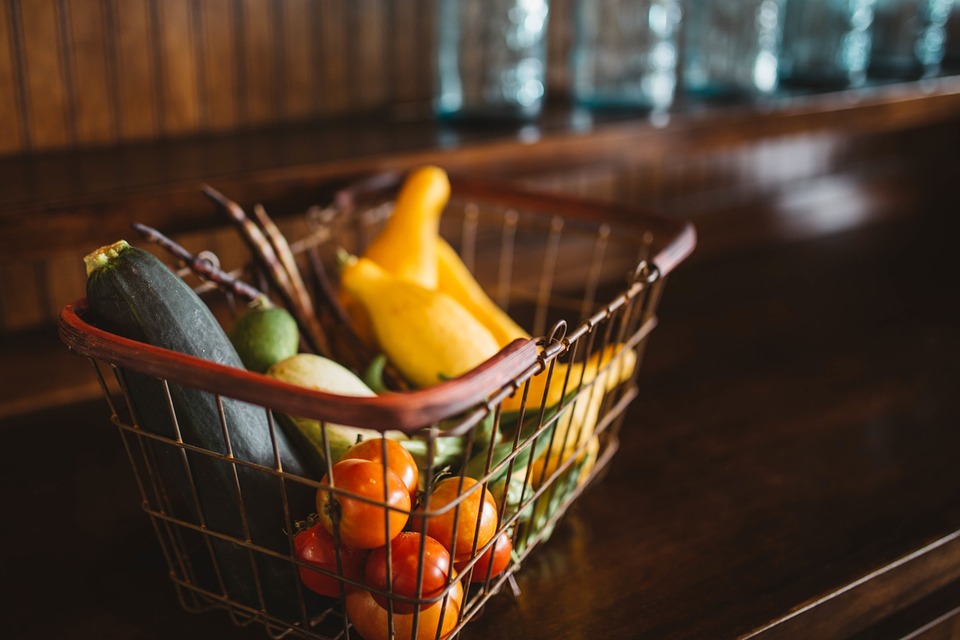 Amazon’s acquisition of Whole Foods has huge and yet unknown implications for how and when we shop. In addition, as Alexa is integrated into more and more home appliances, like the new Samsung smart fridge, it will become commonplace to share your household needs and wants with your computer. The creation of a virtual supermarket may level the playing field for small or artisan producers that don’t have the money to muscle their way onto a grocery store shelf, but it also means food products will have to work a lot harder to capture a consumer’s attention in a crowded virtual storefront.
Amazon’s acquisition of Whole Foods has huge and yet unknown implications for how and when we shop. In addition, as Alexa is integrated into more and more home appliances, like the new Samsung smart fridge, it will become commonplace to share your household needs and wants with your computer. The creation of a virtual supermarket may level the playing field for small or artisan producers that don’t have the money to muscle their way onto a grocery store shelf, but it also means food products will have to work a lot harder to capture a consumer’s attention in a crowded virtual storefront.
Evita
Peruvian Cuisine
Did you know that Peruvian cuisine was ranked among the top ethnic trends in the National Restaurant Association’s most recent culinary forecast?
While you may be familiar with ceviche, Peru’s national dish, the South American country also boasts a wide variety of flavorful, mouth-watering dishes like Pollo a la Brasa (rotisserie chicken) or anticuchos (street skewers) that are increasingly popular among American foodies. 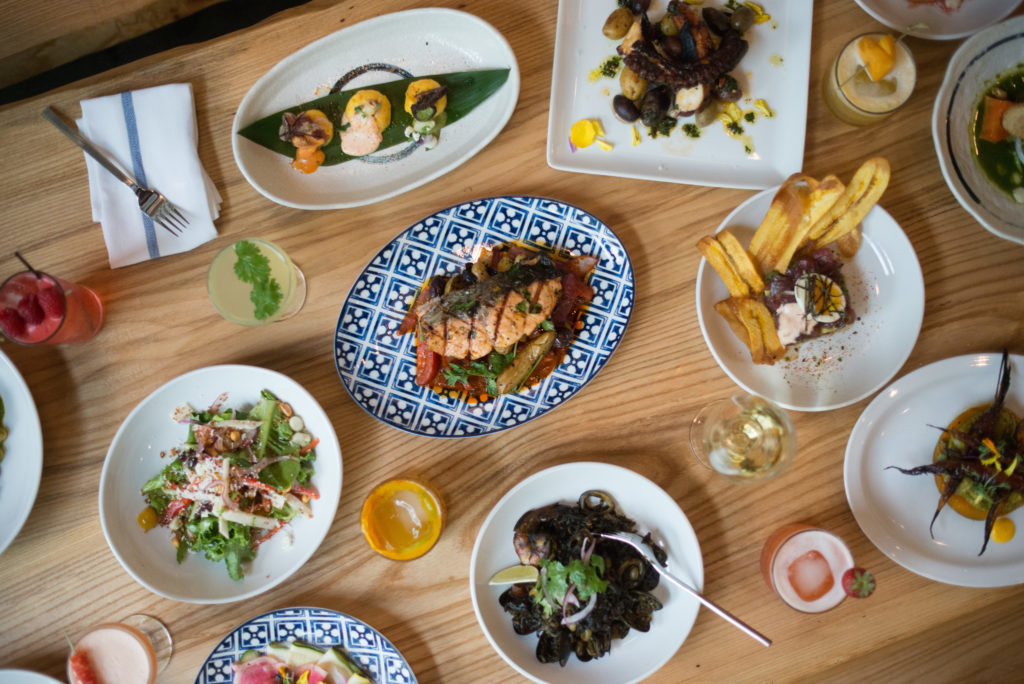
Infused with indigenous, African, European and Asian influences, Peruvian cuisine is flavorful and distinctive yet unpretentious, and is often complemented by cocktails that utilize pisco, the traditional spirit of Peru.
In response to the growing fascination with Peruvian cuisine, restaurants have popped up throughout the country. Whether it’s one of Chef Carlos Altamirano’s seven Peruvian concepts in the San Francisco Bay Area or another eatery, we encourage you to stop by and check out one of 2018’s hottest food trends.
Hanna
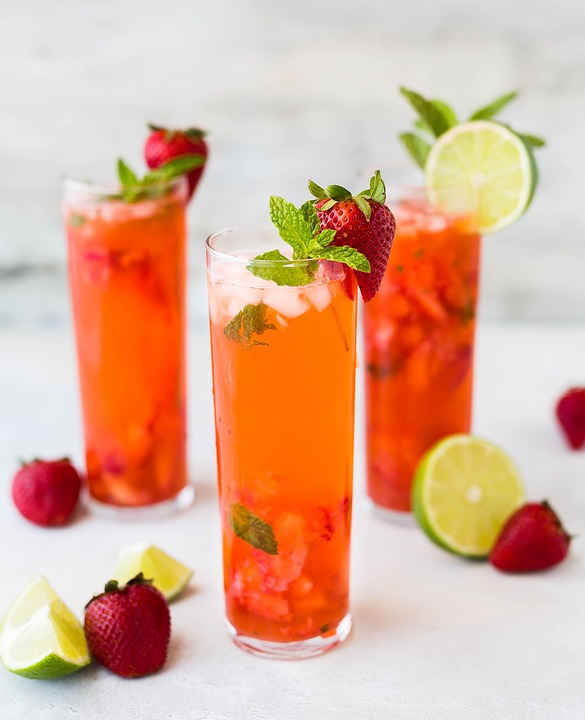 The Rise of La Croix and Mocktails
The Rise of La Croix and Mocktails
Walk into your favorite bar or restaurant and you have probably noticed the “non-alcoholic” beverage section has grown recently. These beverages, also known as mocktails, have upgraded throughout the years and will only be getting better in 2018, thanks to sparkling water brands like La Croix. These “healthier” and alcohol-free drinks will fulfill our desire to drink something delicious and Instagrammable without the extra calories and the dreaded hangover the next day. Don’t want to wait? Brit + Co has some great La Croix based mocktails to start your 2018 off right.
Amanda
Food Halls
Residents of major metropolitan areas like the San Francisco Bay Area are so used to new foods and new restaurants concepts that they may not realize what they’re seeing is actually new to everyone else. One concept already familiar to Bay Area eaters is the “food hall.” The Ferry Terminal may have been the first Northern California destination to bring together grocers, vintners and artisan producers in such a successful way, but Bay Area restaurateurs and developers are continuing to take this all-in-one food concept to new levels by bringing globally inspired cuisine and multi-concept dining to one destination. Concepts like the newly renovated Public Market in Emeryville, The Night Market in South San Francisco, China Live in Chinatown, Tartine Manufactory, and The Market Hall in Mission Bay, are already popular foodie spots. One Henry Adams, which will bring together an udon shop, a steakhouse and a butcher shop under one roof—is opening in 2018, a 70-restaurant food hall is slated for development in Walnut Creek sometime in 2019, and The Tartine Manufactory is heading to Los Angeles and SFO. Keep an eye out for more food halls outside of California.
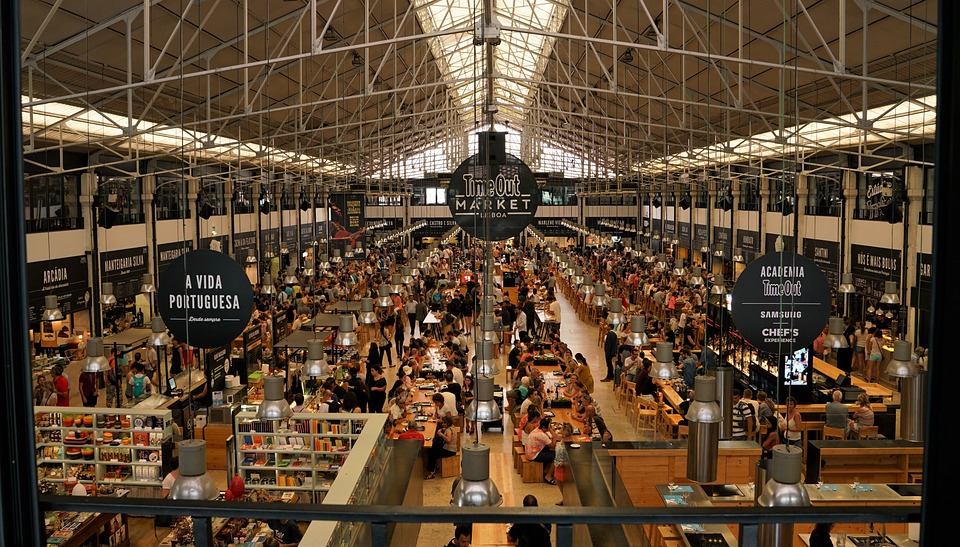
What food trends do you think 2018 will bring? Connect with us on Facebook and let us know!

